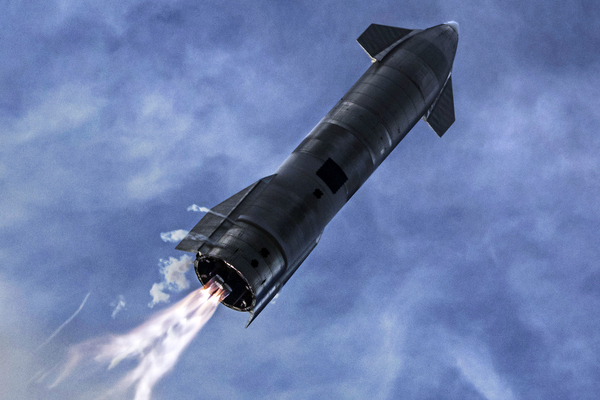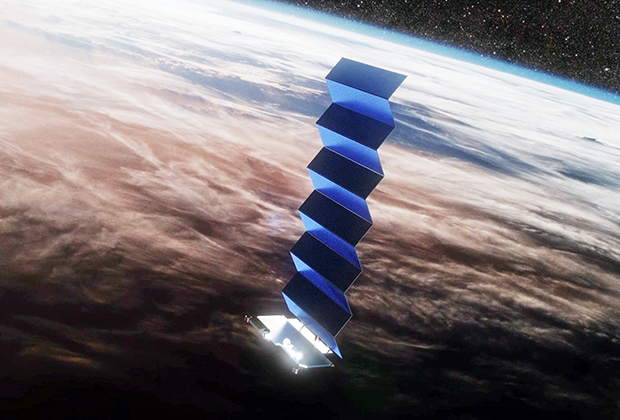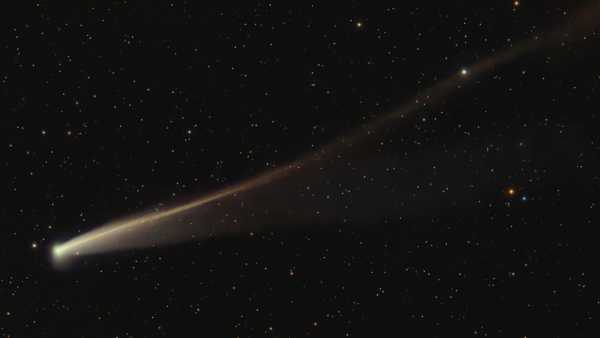
The outgoing year of 2021 secured the global leadership of SpaceX, whose capabilities in rocket and space technology is comparable to entire countries. Currently, virtually all innovations relating to space, in one way or another, are associated with this American company.
The world leader in 2021 on the number of space launches is China
The world leader in 2021 by the number of space launches was China, which as of December 26, has held 54 rocket launches (32 percent of all launches in the world). The United States came in second place with 45 launches (26 percent). Russia is in third place with 22 launches (13 percent).
It is curious that in 2021 the Falcon 9 heavy rocket of SpaceX launched 31 times, which is much more than the number of launches by Russia during this period. In the passing year, SpaceX managed to land the first stage of the Falcon 9 on Earth for the hundredth time. One of the first stages of that rocket has been used more than ten times. Today, the company prioritizes maintenance of used Falcon 9 stages rather than production of new ones.
In 2021, SpaceX continued testing elements of the reusable Starship transportation system. In particular, in February, the company was able to lift to an altitude of 10 kilometers prototype system, called Starship SN9. During the test, it maneuvered to a horizontal position before landing hard on a ground platform. Unfortunately, one of the two Raptor engines used for the descent did not work and the product exploded.
In May SpaceX was able to nearly repeat the February experiment — the product Starship SN15, with the help of three Raptor engines successfully pulled away from the Earth, rose to an altitude of 10 kilometers and maneuvered to the horizontal position, and then with the help of two power units made a partially successful soft landing.
Space Internet

In 2021 SpaceX continued the deployment of a global satellite system of high-speed broadband Internet access Starlink. About 1,900 of the planned 12,000 spacecraft have now been launched. These satellites allow over 150 thousand users from ten countries to access the Internet. In most regions, Starlink’s download and upload speeds from the network are faster than those of providers using fiber-optic cables.
Internet from SpaceX also works well in relatively extreme conditions. According to an experiment in Australia, the Starlink satellite dish installed on a Tesla Model X moving along the highway at 100 kilometers per hour provided download speeds of up to 200 megabits per second. Another record was achieved in the Rocky Mountains in the U.S. state of Colorado, where at an altitude of over 2.8 kilometers the user recorded a download speed of 370 megabits per second. However, the closer to space, the better Starlink works.
However, SpaceX does not intend to stop there. Since September, all launched Starlink spacecraft began receiving laser terminals, which will reduce the dependence of the global Internet from ground stations and reduce the signal delay (ping). The first ten experimental satellites of the system, which received lasers, the company was launched into polar orbit in January.
Starlink’s main competitors — the British-Indian OneWeb and the American Kuiper from Amazon — have had much more modest success. Although more than 350 of the planned 600 OneWeb spacecraft have been launched with the help of Russian medium rockets of the Soyuz-2 family, testing of the British-Indian system has just begun. The first prototypes of Kuiper satellites are not expected to be launched until 2022 on an RS1 rocket that has never flown before.
Tourism

The past year was especially interesting in terms of space tourism. SpaceX was also involved. In July, the British businessman Richard Branson flew to an altitude of more than 80 kilometers in a suborbital spacecraft Unity produced by its own company Virgin Galactic. Along with the billionaire, the crew included pilots Dave McKay and Michael Masucci, Virgin Galactic’s chief astronaut-trainer Beth Moses, chief operating engineer Colin Bennett and the company’s vice president of government relations Sirisha Bandla.
Later that month, American entrepreneur Jeffrey Bezos’s New Shepard, a reusable spacecraft from Blue Origin, made its maiden flight. The billionaire himself, his brother Mark, 82-year NASA veteran Wally Funk and 18-year-old high school graduate Oliver Damen flew for a few minutes at an altitude of more than 100 kilometers.
But in September, SpaceX owner Elon Musk overtook both Branson and Bezos by sending four tourists — businessman Jared Isaacman, nurse Hayley Arseno, engineer Christopher Sembroski and geologist Shan Proctor — on a three-day spaceflight around Earth on the Crew Dragon mission Inspiration4.




